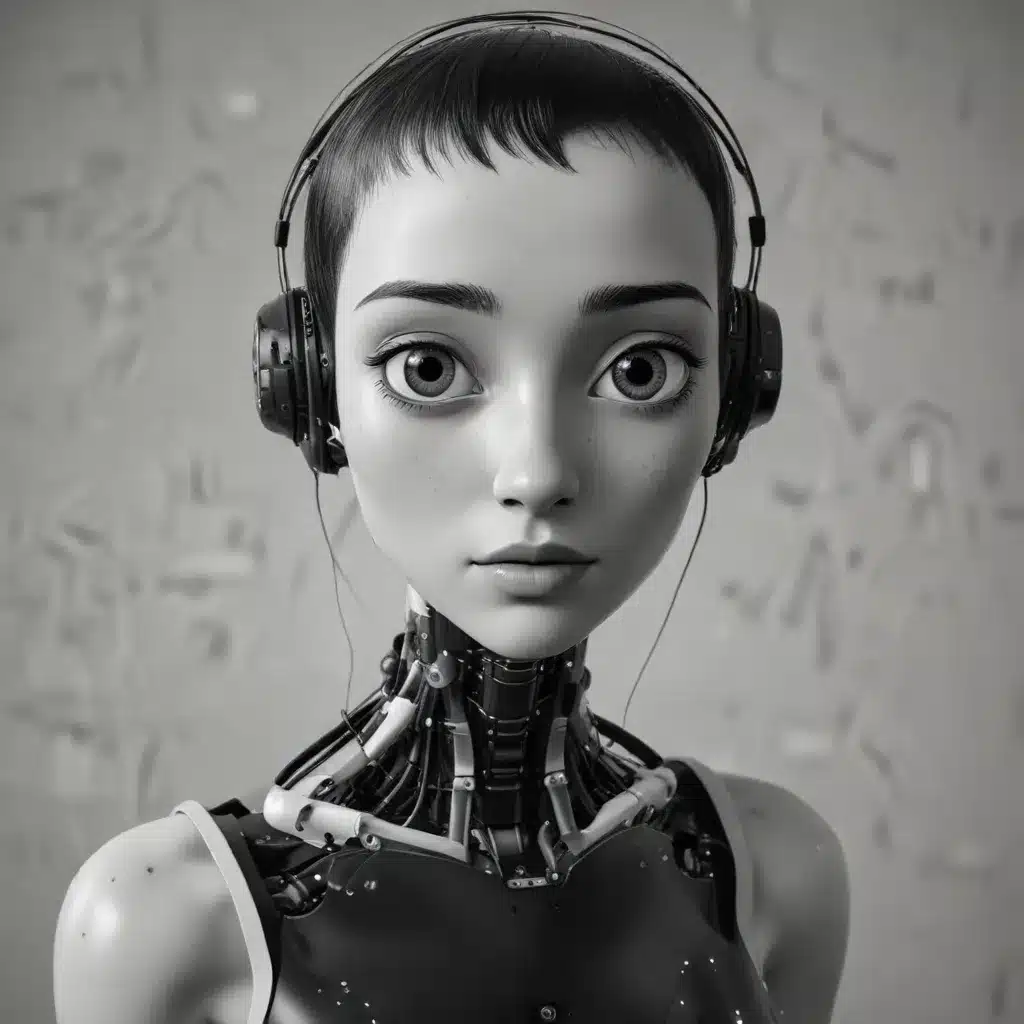
The Convergence of AI and Biomechanics for Transformative 2D Animation
In the dynamic world of animation, a remarkable fusion of Artificial Intelligence (AI) and biomechanical modeling has revolutionized the landscape of 2D animation. Traditional approaches to 2D animation often struggle to achieve the level of lifelike and fluid movements required for truly engaging and realistic animations. Relying on manual keyframing or physics simulation, these conventional techniques can be time-consuming and may fall short in capturing the rich details and nuances of natural human actions.
To address these challenges, researchers have developed a groundbreaking approach called 2D Animation using Artificial Intelligence with Biomechanical Modeling (2D-AI-BM). This innovative technique harnesses the power of Deep Neural Networks (DNNs) for motion forecasting and enhancement, leveraging biopsychological principles to better mimic natural human movements. By integrating AI and biomechanics, animators can now enjoy greater control over the generation of motion while significantly reducing the need for manual intervention, streamlining the animation production pipeline.
Evaluating the Effectiveness of 2D-AI-BM
To assess the efficacy of the 2D-AI-BM approach, researchers have considered several key metrics:
-
User Satisfaction: The method has been evaluated based on the satisfaction of animators and end-users, who have reported a high degree of realism and lifelikeness in the generated 2D animations.
-
Computational Efficiency: The 2D-AI-BM model has demonstrated impressive computational efficiency, with a ratio of 96.3% compared to traditional animation techniques.
-
Motion Smoothness and Realism: The fusion of AI and biomechanics has resulted in a motion control ratio of 95.4%, showcasing the ability to generate smooth and realistic movements on 2D characters.
-
Pose Detection Accuracy: The 2D-AI-BM approach has achieved a pose detection ratio of 94.8%, ensuring accurate representation of character poses and gestures.
-
Scalability: The model has exhibited a scalability ratio of 93.2%, indicating its ability to handle increasingly complex animation tasks without significant performance degradation.
Comparative studies have shown that the 2D-AI-BM method outperforms classical animation techniques in terms of these key metrics, generating realistic movements on 2D characters while significantly reducing the time and effort required during the production process.
Unlocking the Potential of 2D Animation with AI
The integration of AI and biomechanics in 2D animation holds immense potential, opening up new avenues for animators and content creators. Beyond character animation, this approach can be applied to interactive storytelling and educational simulations, enabling more engaging and immersive experiences for audiences.
By harnessing the power of deep learning and biopsychological principles, the 2D-AI-BM model provides animators with greater control over motion generation, empowering them to create animations that are both visually captivating and true to natural human movements. This fusion of technologies not only streamlines the animation production pipeline but also elevates the overall quality and realism of 2D animations, captivating audiences and elevating the art form to new heights.
As the IT Fix blog, we are excited to witness the transformative impact of this groundbreaking research, as it paves the way for a new era of 2D animation that seamlessly blends the best of artificial intelligence and biomechanical modeling. With the continued advancements in this field, we can expect to see even more lifelike and engaging 2D animations that push the boundaries of what’s possible in the world of digital content creation.
The Future of 2D Animation: Embracing AI-Powered Realism
The 2D-AI-BM approach represents a significant step forward in the evolution of 2D animation, addressing the longstanding challenges of achieving fluid, realistic movements and reducing the manual effort required in the production process. By harnessing the power of deep learning and biomechanical principles, animators can now create 2D animations that are not only visually stunning but also true to the natural movements and behaviors of their characters.
As the technology continues to advance, we can expect to see even more impressive developments in the realm of 2D animation simulation. Researchers are exploring ways to further enhance the accuracy and efficiency of the 2D-AI-BM model, potentially incorporating additional biopsychological factors and advancing the underlying neural network architectures.
Moreover, the applications of this technology extend beyond traditional character animation, with the potential to revolutionize interactive storytelling, educational simulations, and even the creation of digital avatars for various industries. As the IT Fix blog, we are excited to witness the ongoing innovations in this field and to share the latest advancements with our readers.
Through the convergence of AI and biomechanics, the future of 2D animation holds the promise of truly captivating and immersive experiences that blur the line between the digital and the real. As animators and content creators embrace these transformative technologies, we can look forward to a new era of 2D animation that pushes the boundaries of what’s possible, delivering awe-inspiring visuals and deeply engaging narratives.
Conclusion
The integration of Artificial Intelligence and biomechanical modeling in 2D animation has ushered in a new era of realism and efficiency. The 2D-AI-BM approach, with its ability to generate lifelike movements, enhance computational performance, and improve motion control, has the potential to revolutionize the animation industry.
As we explore the depths of this technology, we can expect to see even more advancements that will continue to push the boundaries of what’s possible in the world of 2D animation. From interactive storytelling to educational simulations, the applications of this groundbreaking research are vast and far-reaching.
At the IT Fix blog, we are excited to witness and share the ongoing developments in this field, empowering our readers with the latest insights and practical guidance. By embracing the convergence of AI and biomechanics, the future of 2D animation holds the promise of captivating, immersive, and truly transformative experiences that will leave a lasting impact on audiences worldwide.












